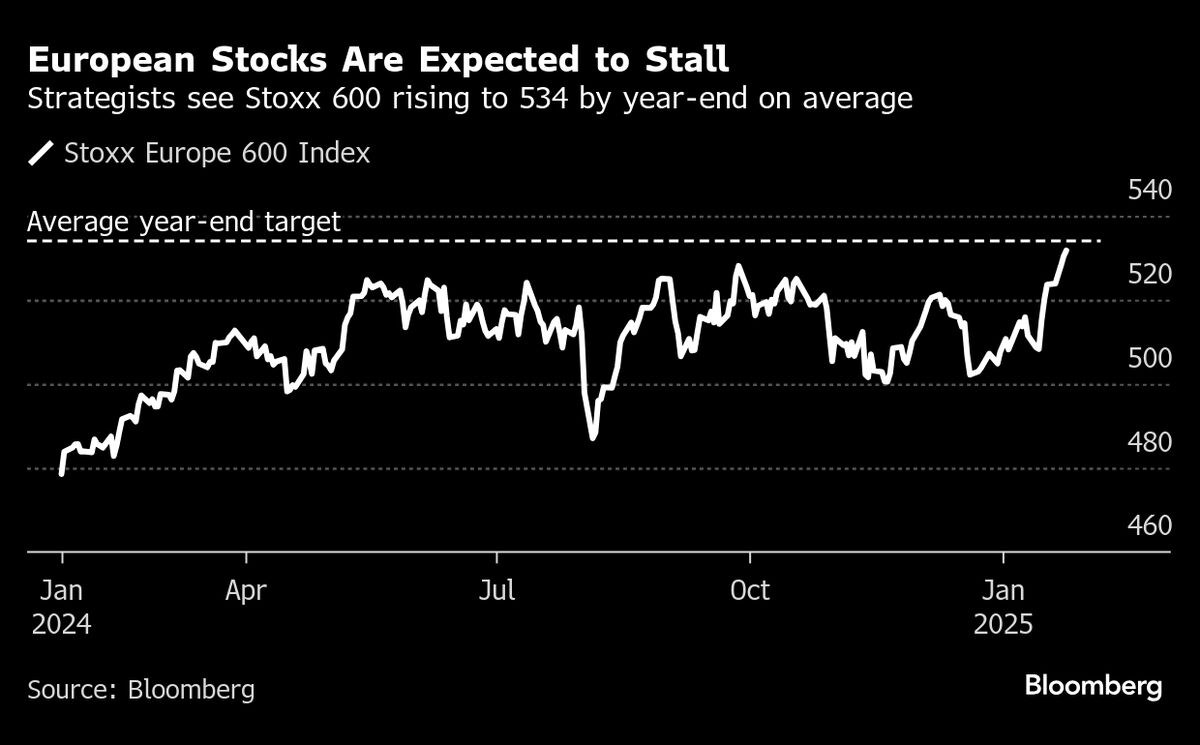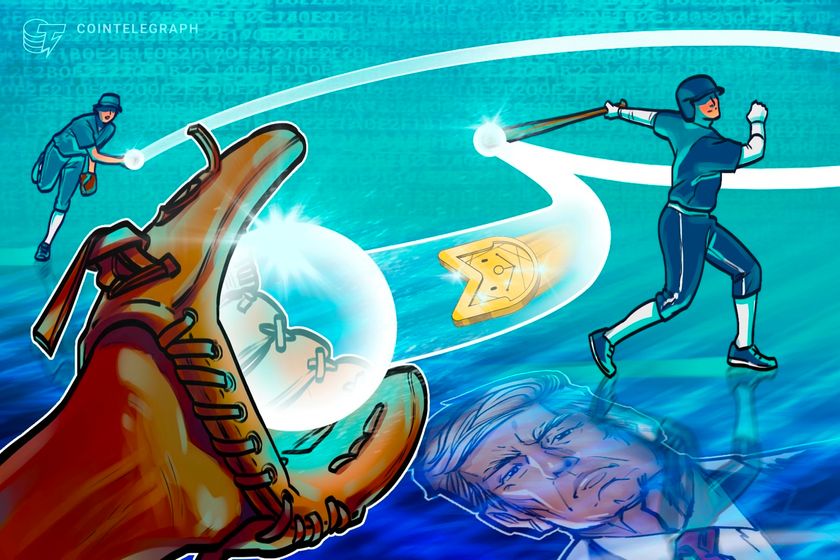Donald Trump insisted he was serious in his determination to take over Greenland in a fiery telephone call with Denmark’s prime minister, according to senior European officials.
The US president spoke to Mette Frederiksen, the Danish premier, for 45 minutes last week. The White House has not commented on the call but Frederiksen said she had emphasised that the vast Arctic island — an autonomous part of the kingdom of Denmark — was not for sale, while noting America’s “big interest” in it.
Five current and former senior European officials briefed on the call said the conversation had gone very badly.
They added that Trump had been aggressive and confrontational following the Danish prime minister’s comments that the island was not for sale, despite her offer of more co-operation on military bases and mineral exploitation.
“It was horrendous,” said one of the people. Another added: “He was very firm. It was a cold shower. Before, it was hard to take it seriously. But I do think it is serious, and potentially very dangerous.”
The details of the call are likely to deepen European concerns that Trump’s return to power will strain transatlantic ties more than ever, as the US president heaps pressure on allies to give up territory.
Trump has started his second term musing about potentially taking over Greenland, the Panama Canal, and even Canada.

Many European officials had hoped his comments about seeking control of Greenland for “national security” reasons were a negotiating ploy to gain more influence over the Nato territory. Russia and China are both also jostling for position in the Arctic.
But the call with Frederiksen has crushed such hopes, deepening the foreign policy crisis between the Nato allies.
“The intent was very clear. They want it. The Danes are now in crisis mode,” said one person briefed on the call. Another said: “The Danes are utterly freaked out by this.”
A former Danish official added: “It was a very tough conversation. He threatened specific measures against Denmark such as targeted tariffs.”
The Danish prime minister’s office said it did “not recognise the interpretation of the conversation given by anonymous sources”.
Greenland, home to just 57,000 people, is an entry point to new shipping routes gradually opening up through the Arctic; it also boasts abundant but hard to access minerals.
“President Trump has been clear that the safety and security of Greenland is important to the United States as China and Russia make significant investments throughout the Arctic region,” a White House National Security Council spokesperson said.
“The President is committed to not only protecting US interests in the Arctic but also working with Greenland to ensure mutual prosperity for both nations.”
Trump threatened in early January to impose duties on Denmark if it opposed him on Greenland. He also declined to rule out using military force to take control of the island.
“People really don’t even know if Denmark has any legal right to it but, if they do, they should give it up because we need it for national security,” Trump said at a press conference days before taking office.
“I’m talking about protecting the free world,” he added. “You have China ships all over the place. You have Russian ships all over the place. We’re not letting that happen.”

Múte Egede, Greenland’s prime minister, has repeatedly stressed that the island’s inhabitants want independence rather than US — or Danish — citizenship. But he has welcomed US business interest in mining and tourism.
Frederiksen held a meeting with chief executives of large Danish companies including Novo Nordisk and Carlsberg last week to discuss Trump’s threats, including potential tariffs against her country.
On the day of the Trump call, she told Denmark’s TV2: “There is no doubt that there is great interest in and around Greenland. Based on the conversation I had today, there is no reason to believe that it should be less than what we have heard in the public debate.”



































You must be logged in to post a comment Login